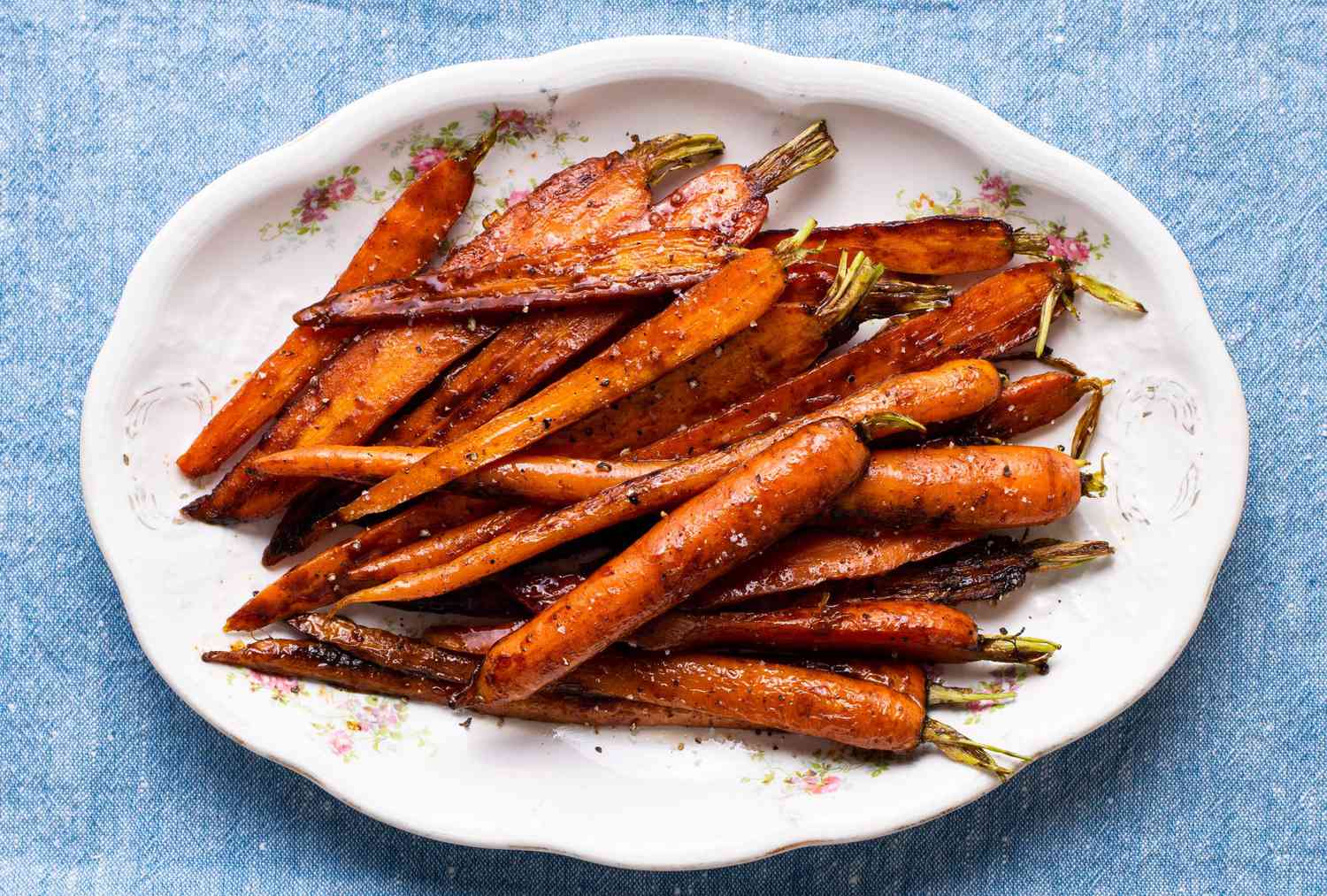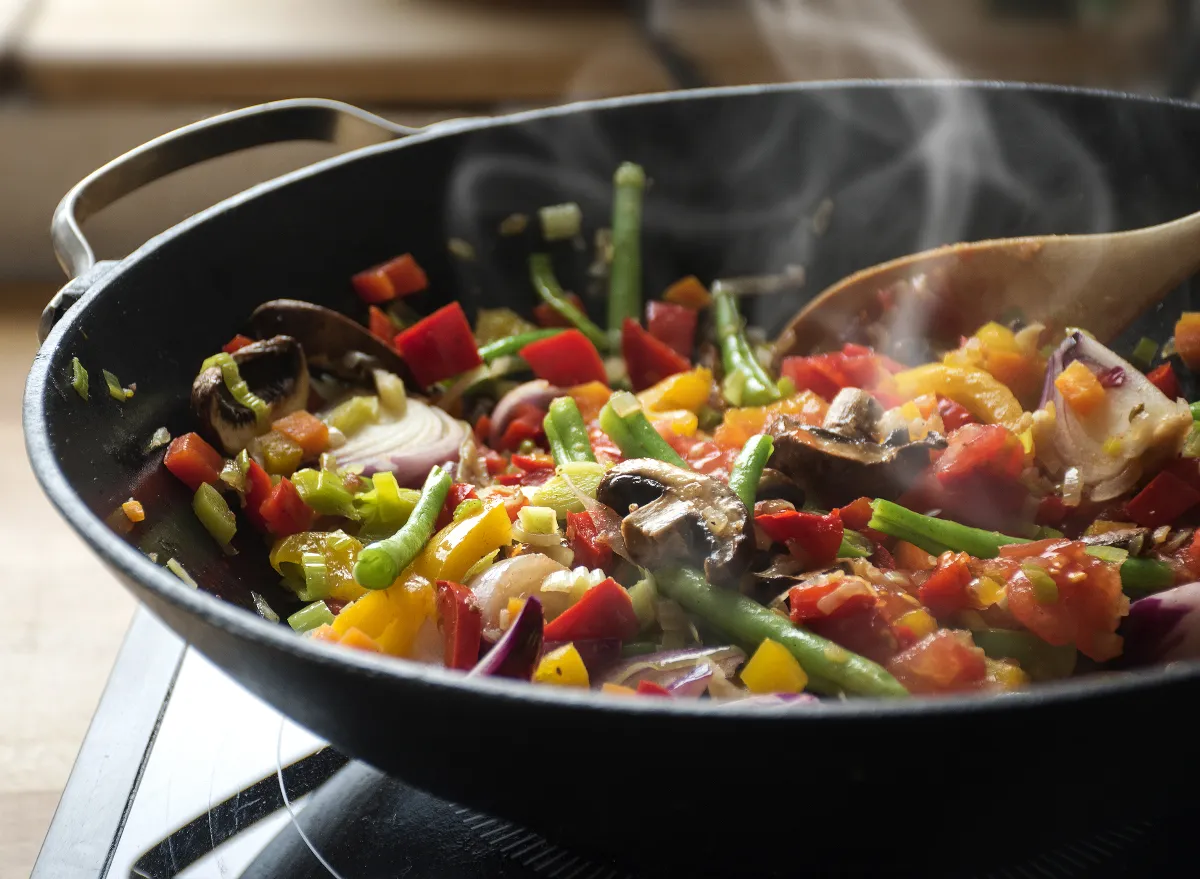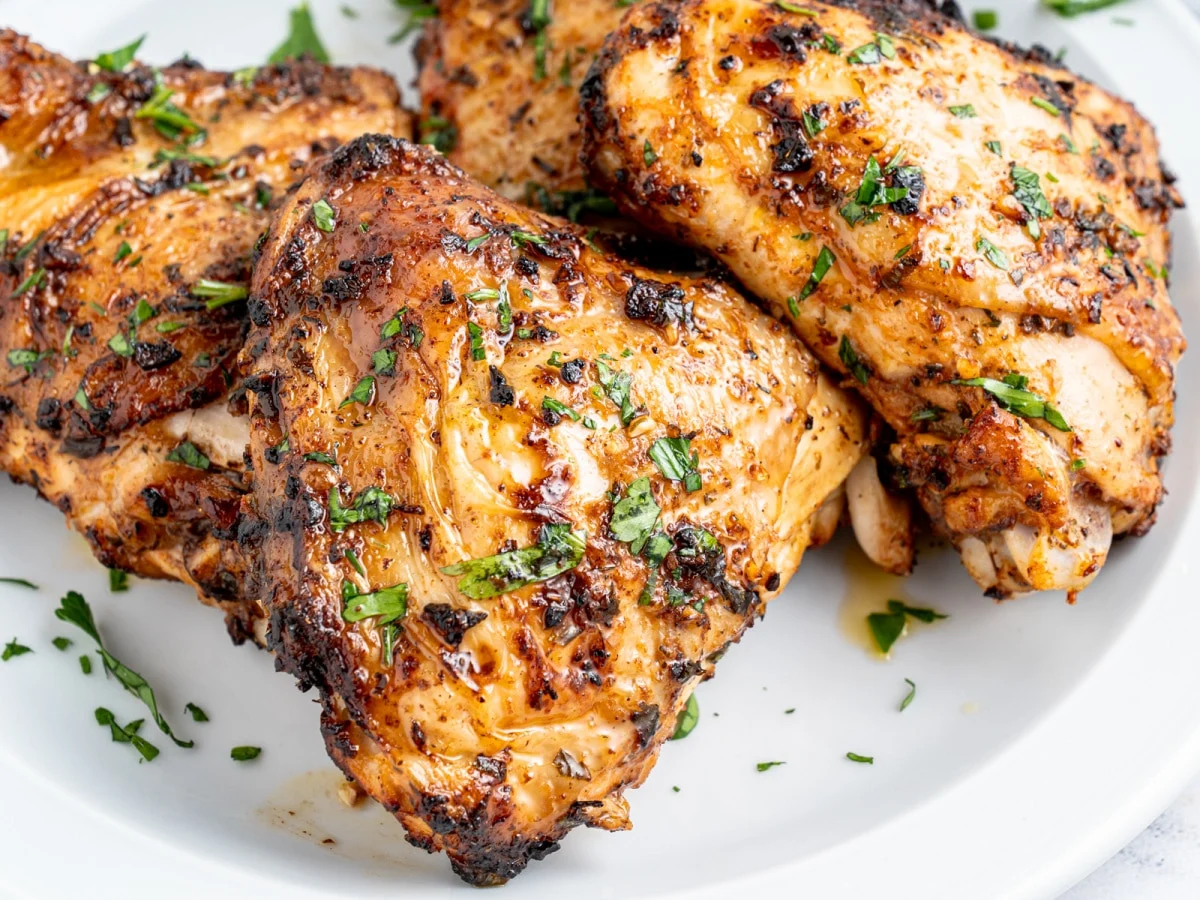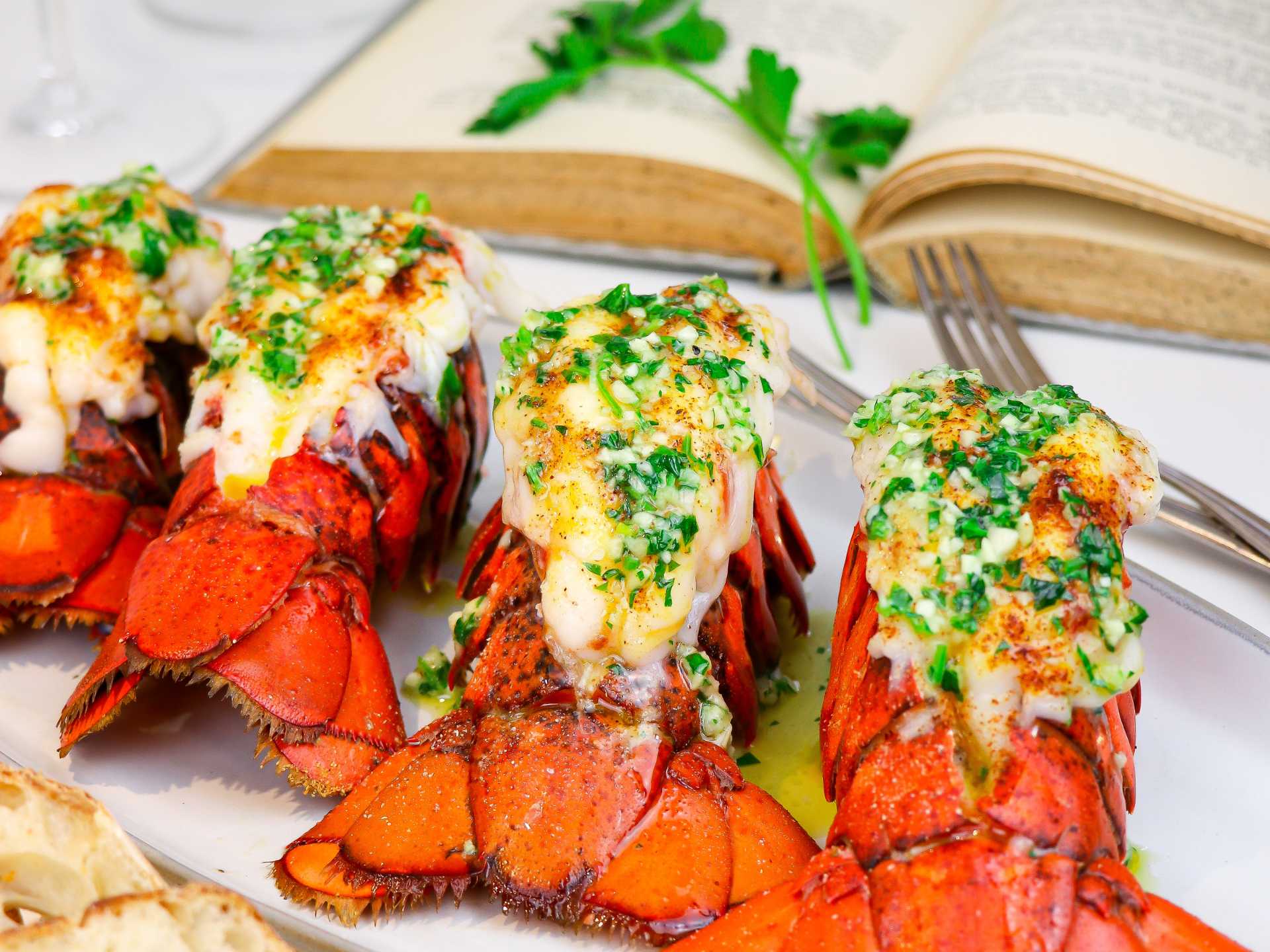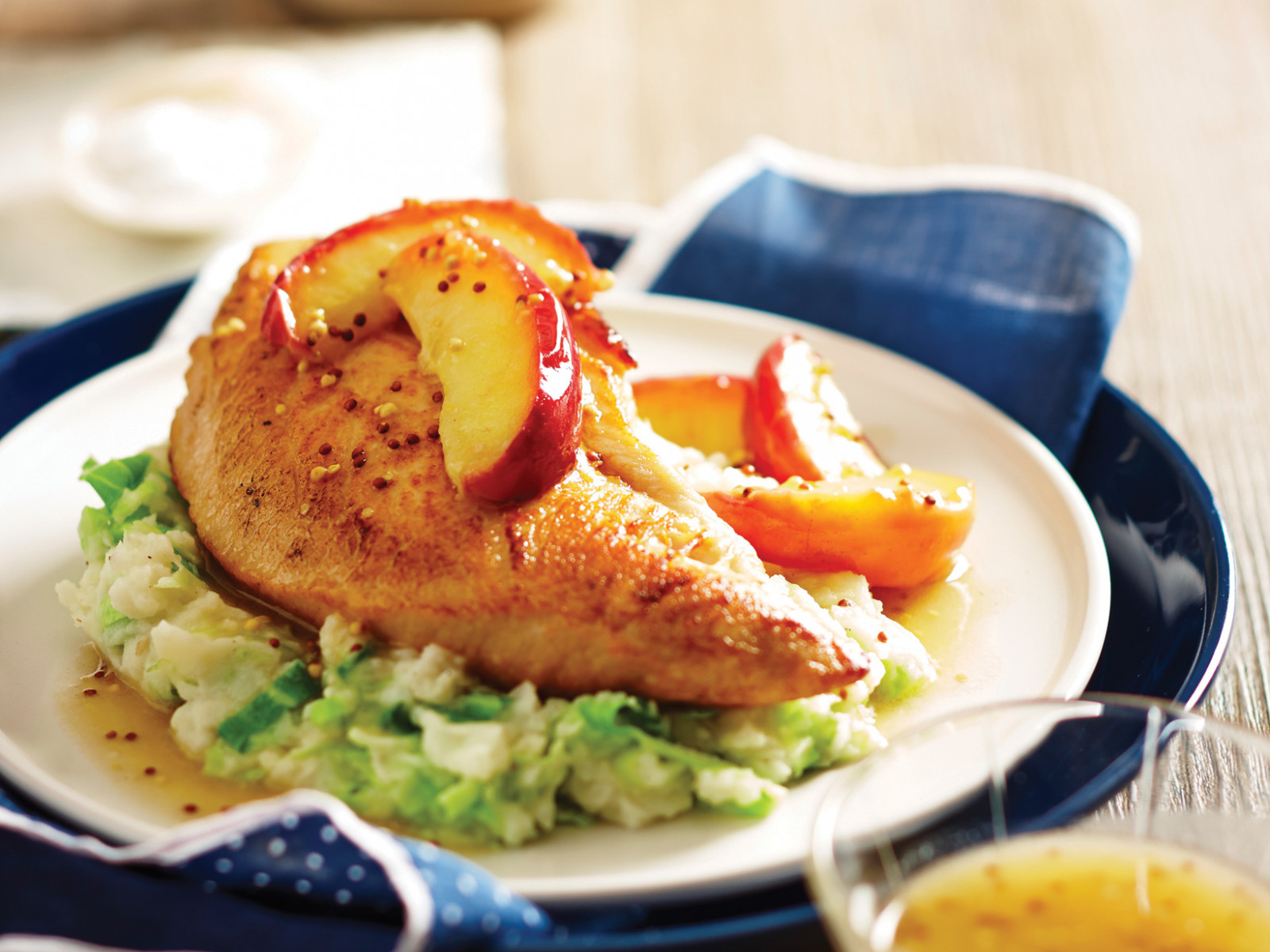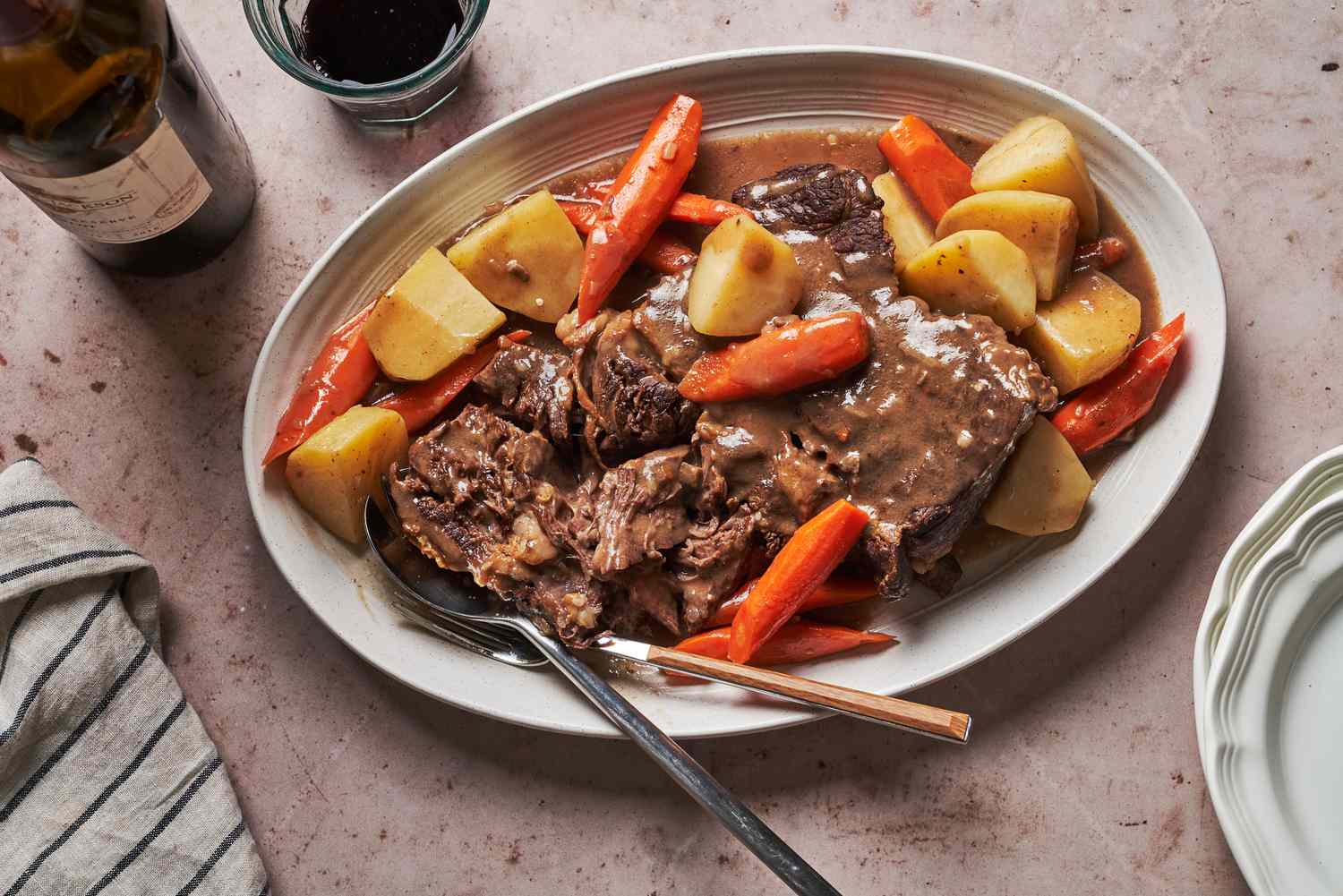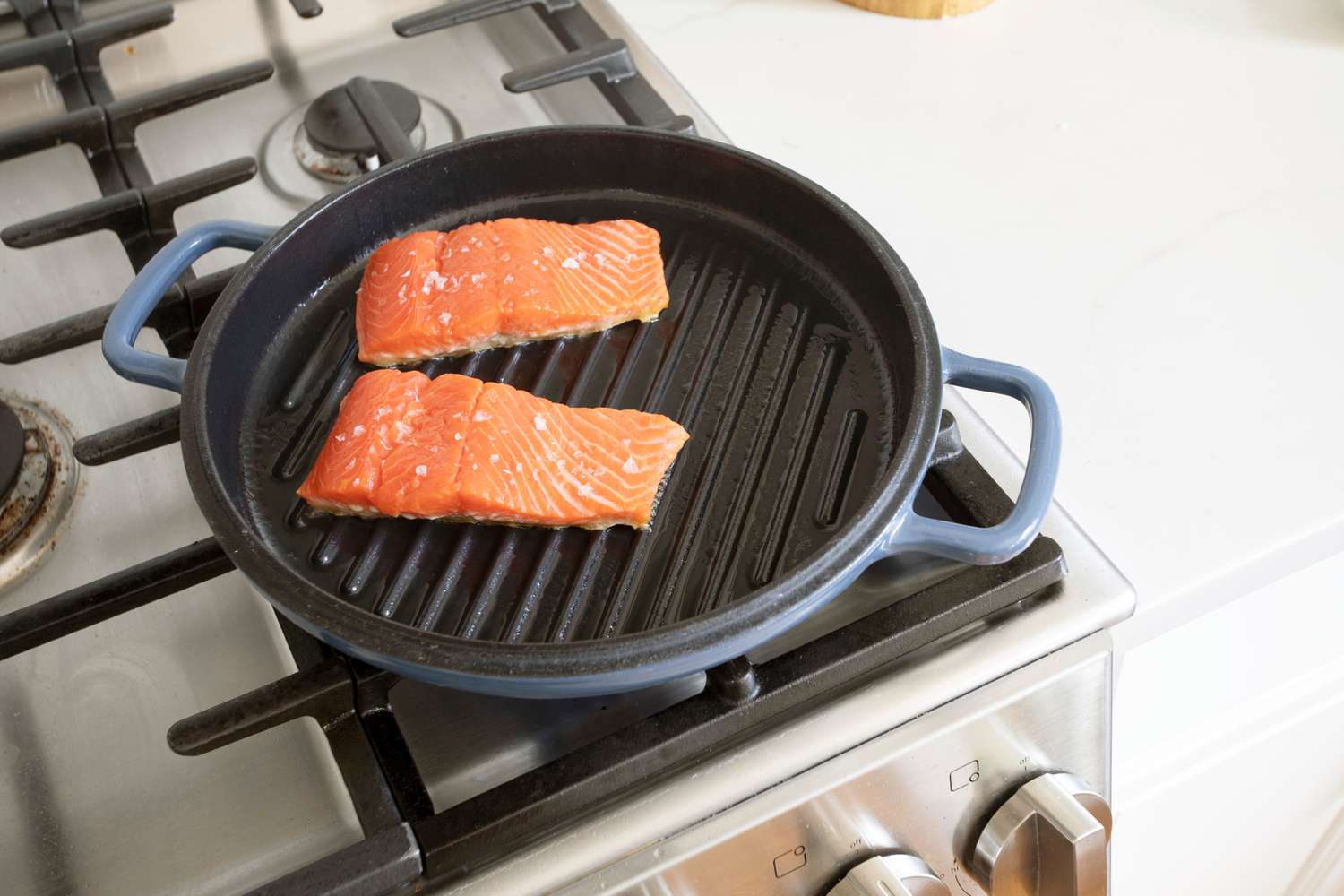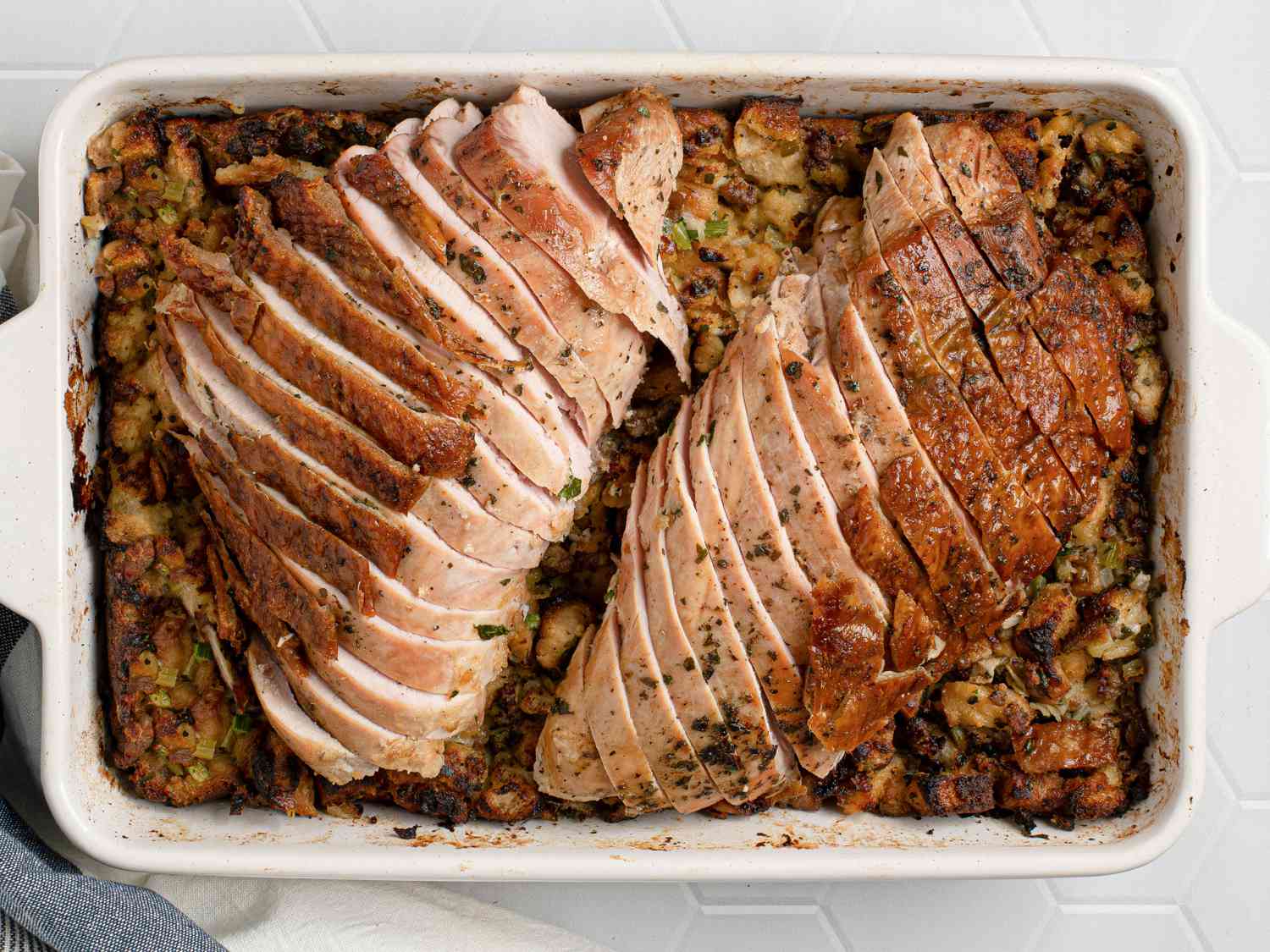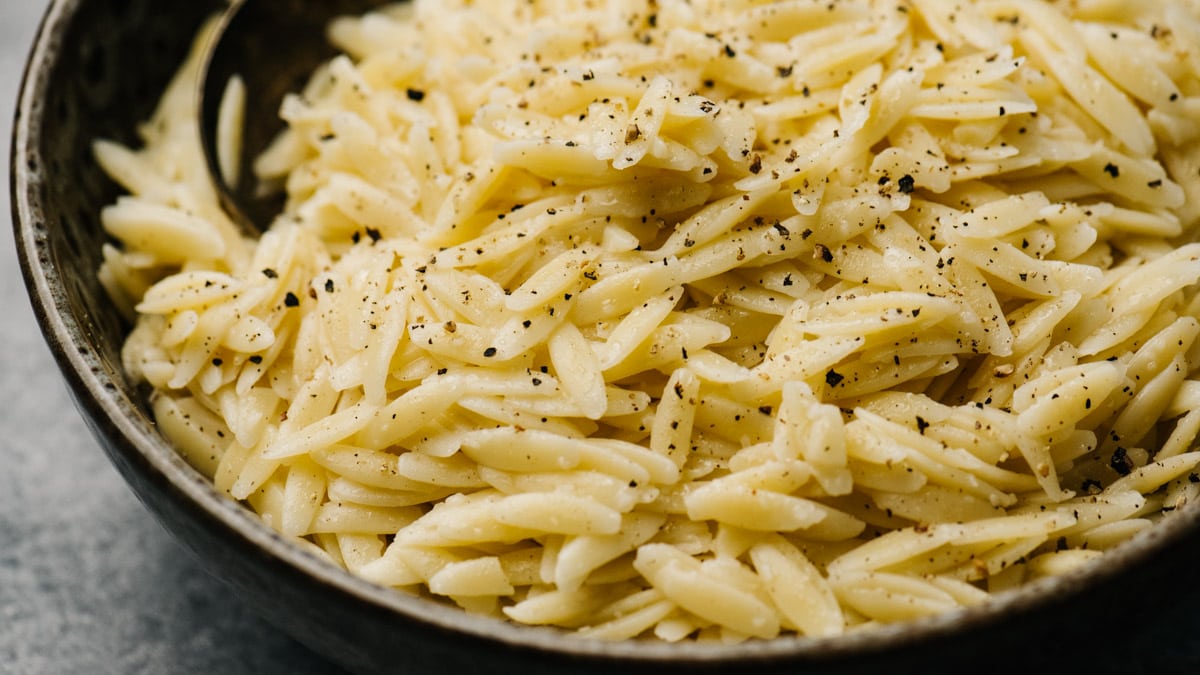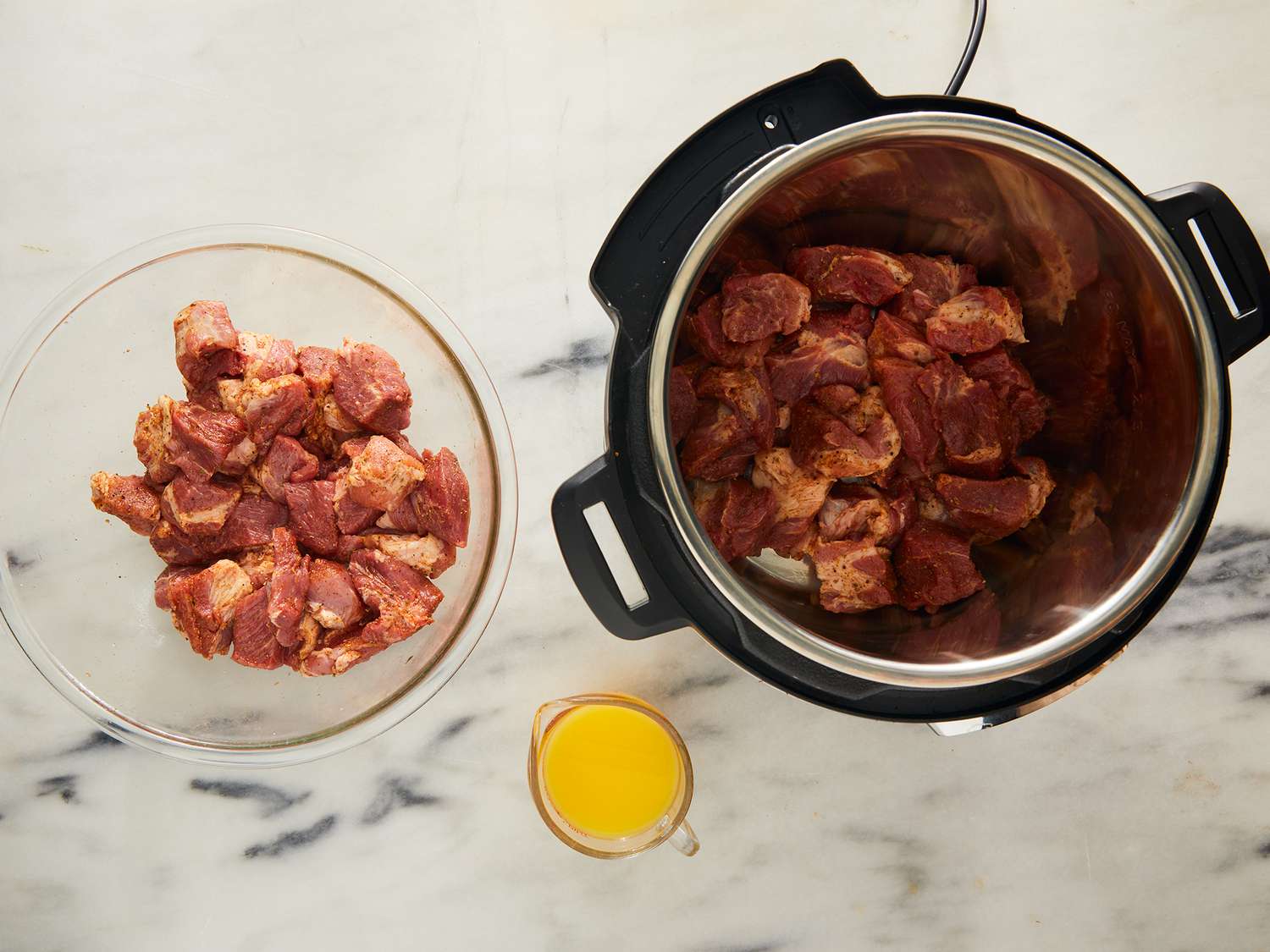Unlock the Flavors of Fig Leaves: A Culinary Adventure
When it comes to cooking, we often overlook the potential of fig leaves. These lush, verdant leaves can actually add a unique and delightful flavor to a variety of dishes. With their delicate aroma and subtle taste, fig leaves are a secret ingredient that can elevate your culinary creations to new heights. So, let’s embark on a journey to discover how to cook fig leaves and unleash their hidden potential.
1. Harvesting and Cleaning Fig Leaves
The first step in preparing fig leaves for cooking is to harvest them. Look for young leaves that are vibrant and intact. Avoid using leaves with visible damage or signs of disease.
Once you have collected the leaves, gently rinse them under cold water to remove any dirt or residue. Pat them dry with a clean towel or let them air dry.
2. Steaming Fig Leaves
Steaming fig leaves is a popular method of cooking them as it helps to soften their texture and intensify their flavor. Here’s how you can do it:
- Place a steamer or a heat-safe colander inside a pot filled with a small amount of water.
- Arrange the fig leaves in a single layer on the steamer or colander.
- Cover the pot and steam the leaves for about 5-10 minutes, or until they become tender.
- Remove the pot from the heat and let the leaves cool before using them in your recipes.
3. Grilling Fig Leaves
Grilling fig leaves can infuse a smoky flavor into your dishes, making them perfect for barbecue or grilled recipes. Follow these steps to grill fig leaves:
- Preheat your grill to medium heat.
- Brush the fig leaves lightly with oil to prevent sticking.
- Place the leaves directly on the grill grates and cook for about 1-2 minutes on each side.
- Remove the leaves from the grill and let them cool down.
4. Wrapping with Fig Leaves
Using fig leaves as wrappers is a creative way to infuse your dishes with their distinct flavor. Here’s how to do it:
- Select your choice of filling, such as fish, chicken, or vegetables.
- Blanch the fig leaves by dipping them in boiling water for a few seconds, then transferring them to ice-cold water to preserve their vibrant color.
- Place a portion of your filling on each blanched fig leaf and fold the sides to create a packet.
- Secure the packets with kitchen twine or toothpicks.
- Grill, steam, or bake the wrapped packets until the filling is cooked through.
5. Enhancing Flavors with Fig Leaves
Fig leaves can also be used to infuse their essence into other dishes. Here are a few creative ideas to enhance the flavors:
- Add dried fig leaves to your spice grinder and create a unique seasoning.
- Place fig leaves in a bottle of olive oil and let it sit for a few weeks to create a fragrant infusion.
- Use fig leaves as a natural wrapper for baking fish or vegetables, infusing delicate flavors into your dish.
Now that you know how to cook fig leaves, embrace their versatility and explore the endless possibilities they offer. Experiment with different cooking techniques and let your creativity soar. Whether steamed, grilled, wrapped, or infused, fig leaves are sure to add a delightful twist to your culinary repertoire. Happy cooking!
Was this page helpful?
Read Next: How To Cook Spare Rib Tips

